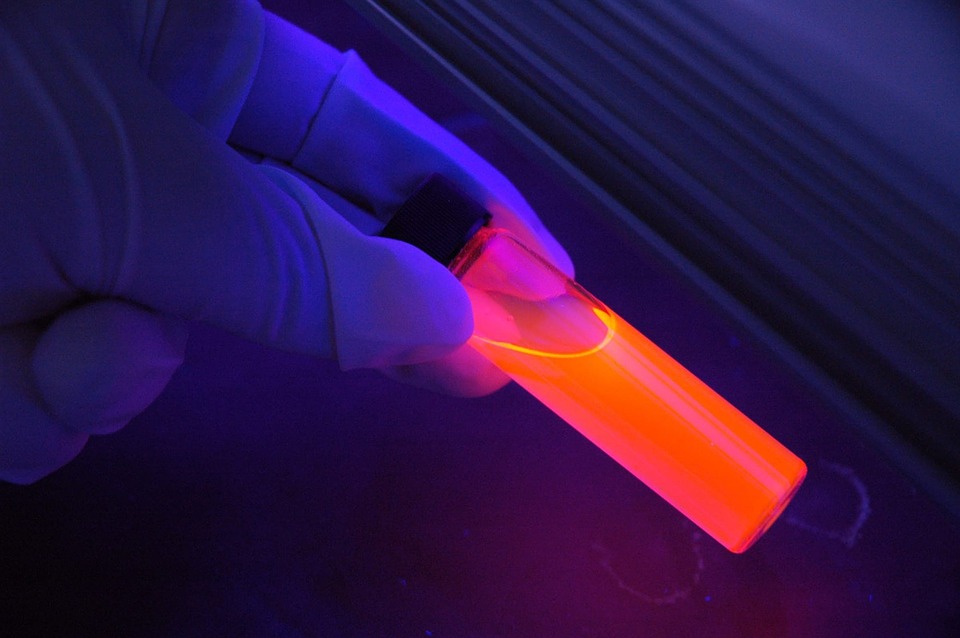A lot of controversy has developed, as scientists have pushed forward research involving the injection of animal embryos with human genes, in order to develop human organs that can be harvested for use by humans in need of them. There are long waiting lists of humans who need organs like kidneys, hearts and livers, and using organs created through these animal embryos would shorten the wait significantly. However, it involves blurring the lines between humans and other animals in ways that make many ethicists as well as ordinary citizens feel extremely uncomfortable. The name for any combination of two or more animals is chimera. It comes from a creature in Greek mythology that was part lion, part goat and part snake.
To me, the real problem is how these people may experience what the growing human cells will encounter in these combinations. It is as if the human cells are grounded in a biological living environment where they don’t belong and can never truly feel grounded. It would be as if the higher consciousness that could be attributed to the human cells is constantly being dragged down by the animal embryo. That the animal embryo is constantly trying to undifferentiate, to make more primitive, the higher consciousness in the human cells in order to make it fit more easily in the animal embryo. And, of course, the human side of the chimera would be constantly trying to rise above, to transcend, the animal embryo in order to maintain its integrity, its coherence. In other words, there really is no perceived merger on the mind level, and creating a laboratory chimera would be seen as leading to the creation of a creature with two warring natures where the human nature is constantly threatened with being swallowed up and destroyed.
So there are two perceived threats to the human side of a chimera: that of being trapped in an alien biological grounding and that of being dominated by an alien more primitive biological will. Actually, there may be a third threat. The threat of the more primitive animal side somehow exploiting the higher consciousness of the human side in order to give greater power to the chimera as a whole. The point is that with the animal side, although it’s built from an organic entity that has an inferior state of consciousness to the human side of the chimera, it nevertheless could invariably have some power to exploit, almost enslave, the human side for its own purposes. At least, these are the kinds of thoughts that could bother those people who are concerned about the blurring of the lines between species in a human-animal chimera. And although there are those who accept and approve the creation of chimeras in order to promote the medical possibilities of creating donor organs, there are many who are really concerned about the crossing of the lines between species in the creation of hybrid organisms.
In addition, we have the situation that there has been work done on the implantation of pig organs in people who need an organ transplant but can’t find the appropriate organ from a human. This implanting of animal parts in humans is called xenoimplantation. This has a similarity to the situation of the animals growing human organs but sort of in reverse. Instead of human parts growing in animals, we are dealing with animal parts placed in humans. It also is raising a lot of concerns about blurring the lines between animals and humans. Could some organic consciousness in the pig organ influence or ever take over the consciousness of the human? Pig heart valves are already used successfully in heart transplants.
With all these concerns about human-animal hybrids, there seems to be far less concern about a different kind of hybrid: the hybrid of humans and machines. This is definitely not the kind of hybrid that one would have found in Greek mythology. This is a hybrid that has been brought to the forefront in today’s world as a result of modern technology. Initially, it has been a matter of adding or replacing small components of humans. Things like knee or hip replacements and pacemakers. But now we are implanting chips for all kinds of purposes. And some people fantasize about becoming part machine, so that physically they can become more durable and perhaps even immortal. This is the foundation of thinking for becoming a cyborg – a part human, part machine that supposedly would be immortal and indestructible. The most famous fantasy cyborg in modern times is probably the Terminator as portrayed by Arnold Schwartzenegger.
The reason there seems to be less concern with human-machine combinations as opposed to human-animal combinations is that there is the assumption that the machine component in a cyborg will always somehow be the servant of the human component’s needs and will never invade the integrity of the human component’s sense of self and try to control, manipulate or take over the human component. This, of course, is very different from the expectation of many people with regard to chimeras or people with implanted animal organs where the complex behavioral entity thus created is composed of two distinct organic entities that potentially can be at odds with one another, and where the animal component is perceived as being capable of and disposed to somehow exert some control over the human component. Somehow the feeling is that the machine is always the servant of the human even when they are merged together in a cyborg.
But what if this vision of the machine component isn’t always correct. As machines become more and more complex due to technological advances, they become increasingly capable, as a result of human directives, of developing behavior relatively independent of the commands and controls of their human creators and managers. This pattern can be seen in Artificial Intelligence (AI). This pattern could also be present in cyborgs. What if some advanced cyborgs are created in the future, where the machine component emerges from relative complacency to become a domineering controlling entity? Just as with the chimeras, where the animal component could become a controlling model for the human component, gradually undifferentiating the human component into a more primitive version of itself, the machine or robot component could become a controlling model for the human component in a cyborg and make the human component more robotized.
So we would have to say that creating cyborgs can be seen to be every bit as threatening to the idea of human integrity as creating chimeras. In both cases, there is a perceived undifferentiation of the human component by the non-human component to a more limited version of what it means to be human. The balance between figure aspects and ground aspects in the human hybrid is thrown off. In the case of the chimera, a human component immerses itself into a more primitive overly grounded environment (the animal embryo), where it tends to lose its transcendent well-defined sense of self. In becoming more primitive, the human component becomes more enveloped by natural forces which blur its boundaries. And the human with a transplanted animal organ could become undifferentiated by more primitive internal natural forces. On the other hand, in merging with a machine, the human component in a cyborg develops a rigid external self-definition, but tends to lose its flowing blendable continual coherence because of a void of organic grounding. The sense of self becomes a simpler almost digital version of itself, with a more delimited infinity of possible stimuli it can receive and a more delimited infinity of possible responses.
Up until recently, the history of humanity has consisted of expanding our consciousness, expanding our reflexive awareness and our sense of self in order to be able to dominate and control the phenomena that surround us, in order to be able to make and preserve our organic imprints, so we can prepare for death with a strong surrogate immortality. But by creating human-animal chimeras, humans with implanted animal organs and human-machine cyborgs, we are creating complex behavioral entities that have human components, but that potentially have diminished human consciousness and a diminished human sense of self. Right now chimeras are only used for specific situations. The implantation of animal organs in humans is still in its very early stages of development. Humans that have metal and plastic parts are becoming more common, but true cyborgs, where much of the body and brain have been mechanized by the addition of machine components are still themes for science fiction. But what happens if the chimeras somehow get into the general population? What happens if implantation of whole animal organs becomes more successful? What happens if we succeed in creating true cyborgs? In these cases, the more common presence of these hybrid complex behavioral entities could possibly, in the long run, represent a diminishing of the special place of human beings in the animal kingdom. And to be in the presence of these human hybrids could lead to unconscious mirroring for what we would have to call pure non-hybrid humans. These hybrids could be like bridges for behavior that would be a step down for the unique behavior of humans. And ultimately, there could be a subtle transformation of the human sense of self. This would not bode well for the future of humanity.
© 2018 Laurence Mesirow
























